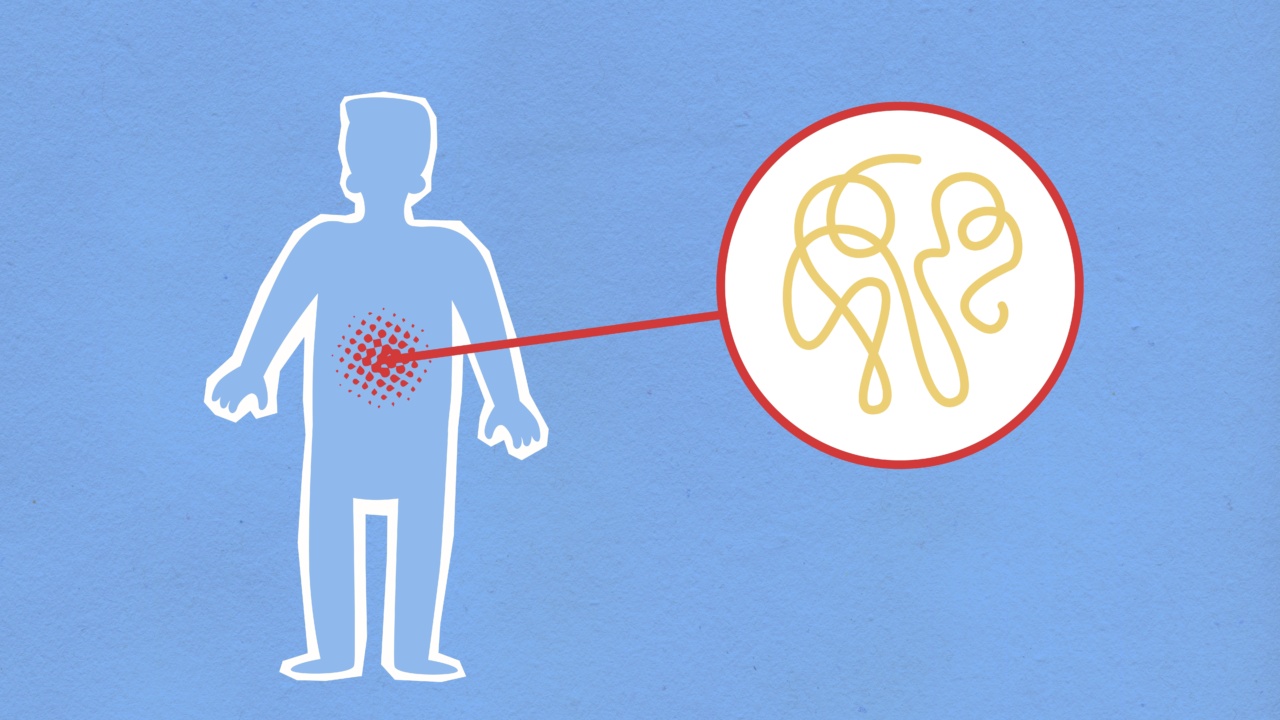Alzheimer’s disease is a progressive neurological condition that affects people in their later years. The disease is characterized by the degeneration of the brain cells, which leads to memory loss, language problems, and cognitive decline.
Alzheimer’s disease currently affects over 5 million Americans. Unfortunately, there is currently no known cure or treatment for Alzheimer’s disease, making it crucial to understand the early indicators of the disease to help people manage the disease.
Age and Family History
While Alzheimer’s disease can affect anyone at any age, the majority of cases are diagnosed in individuals above the age of 65. Moreover, there is a proven link between Alzheimer’s disease and a family history of the disease.
Individuals with a parent or sibling who has developed Alzheimer’s disease before the age of 65 are at higher risk of developing the disease themselves.
Mild Cognitive Impairment
Mild cognitive impairment (MCI) is a condition characterized by a decline in memory, language skills, attention, reasoning, and judgment. Although not everyone with MCI will develop Alzheimer’s disease, it is often a precursor to the condition.
For instance, a 2012 study found that people with MCI conditions converted to Alzheimer’s disease ten times faster than people without MCI symptoms.
Memory Loss
Memory loss is one of the most common early indicators of Alzheimer’s disease. Individuals with Alzheimer’s disease often have trouble remembering new information, such as names, places, and events.
People affected by Alzheimer’s disease may forget recently learned information and may need to rely on memory aids, such as a calendar or a notebook to remember details. Additionally, people with Alzheimer’s disease may ask the same questions repeatedly or forget that they have already asked a question.
Language Problems
Language problems are another early indicator of Alzheimer’s disease. People with the condition may have difficulty following a conversation or joining in a discussion.
Additionally, they may struggle with finding the right words to use when speaking or writing and may use incorrect words in a sentence.
Poor Judgment and Decision-Making
People affected by Alzheimer’s disease may exhibit poor judgment and decision-making abilities, leading to inappropriate behavior.
For instance, they may dress inappropriately for the weather, make purchases of unnecessary items, or spend money recklessly. Additionally, they may have difficulty handling financial matters, such as paying bills, balancing a checkbook, or preparing taxes.
Difficulty with Everyday Tasks
As the disease progresses, people with Alzheimer’s disease may experience difficulty with everyday tasks that they once had no trouble completing. These tasks may include preparing a meal, doing laundry, or getting dressed.
For example, they may forget how to put on a shirt or pants or may forget how to use kitchen appliances such as a microwave or an oven.
Disorientation of Time and Place
People with Alzheimer’s disease may experience confusion and disorientation about time and place. They may forget where they are, how they got there, or what day it is.
Additionally, they may get lost in familiar places or wander away from their homes and have difficulty finding their way back.
Mood and Personality Changes
Mood and personality changes are another early indicator of Alzheimer’s disease. People with the condition may become depressed, confused, anxious, or withdrawn. Additionally, they may exhibit sudden mood swings or become easily agitated or upset.
Changes in personality are also common, with people experiencing a loss of interest in previously enjoyed activities or becoming apathetic about their appearance or hygiene.
Difficulty Recognizing Faces
As Alzheimer’s disease progresses, people affected by the condition may experience difficulty recognizing familiar faces, including those of their family members and friends. They may also struggle to identify objects, colors, and shapes.
This difficulty with facial recognition can lead to an increase in social isolation and feelings of loneliness.
Conclusion
Alzheimer’s disease can take a significant toll on people’s lives, making it crucial for individuals and their families to identify the early indicators of the disease.
While there is no known cure or treatment for Alzheimer’s disease, early diagnosis can help people better manage the condition and extend their independence. If you or a loved one is experiencing any of the early indicators mentioned above, it is essential to seek medical help to get a proper evaluation and support.




























